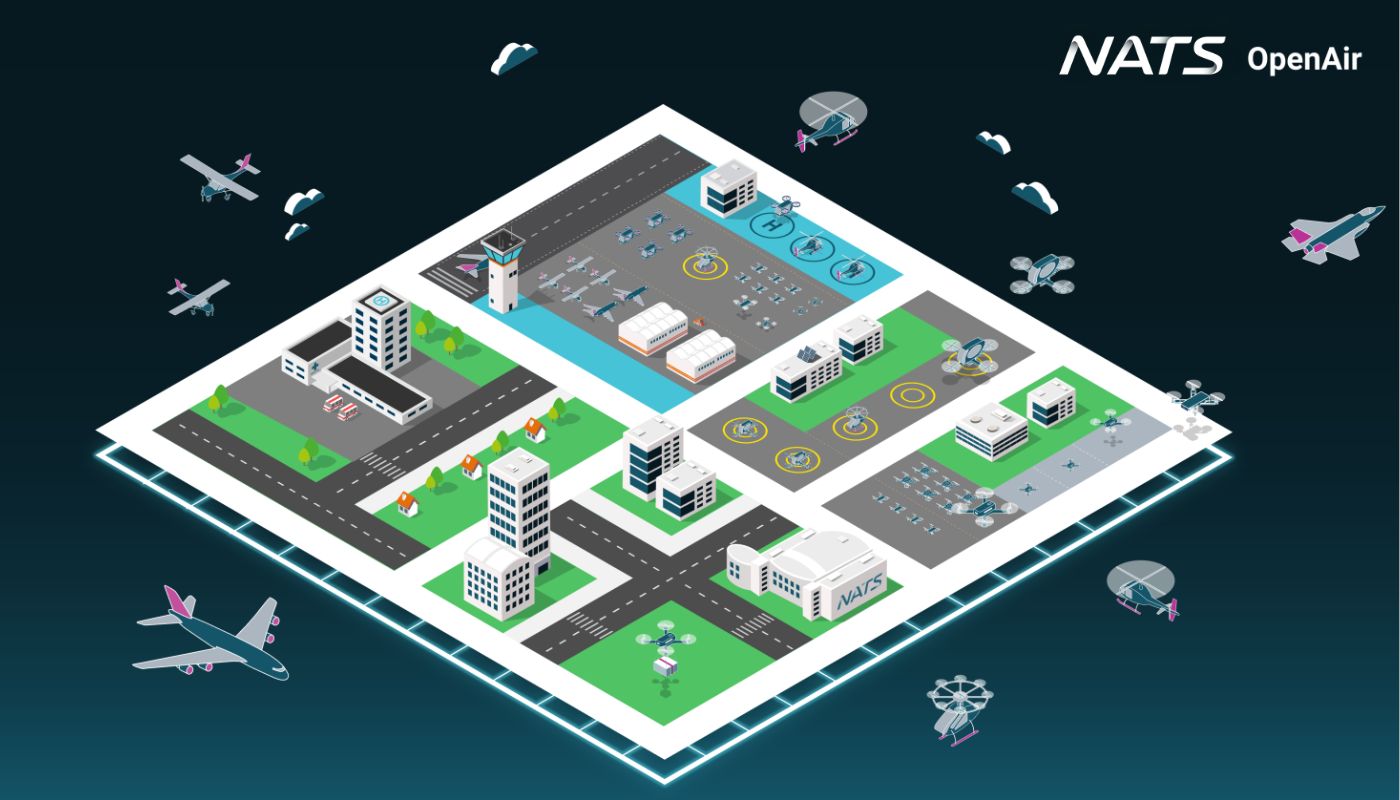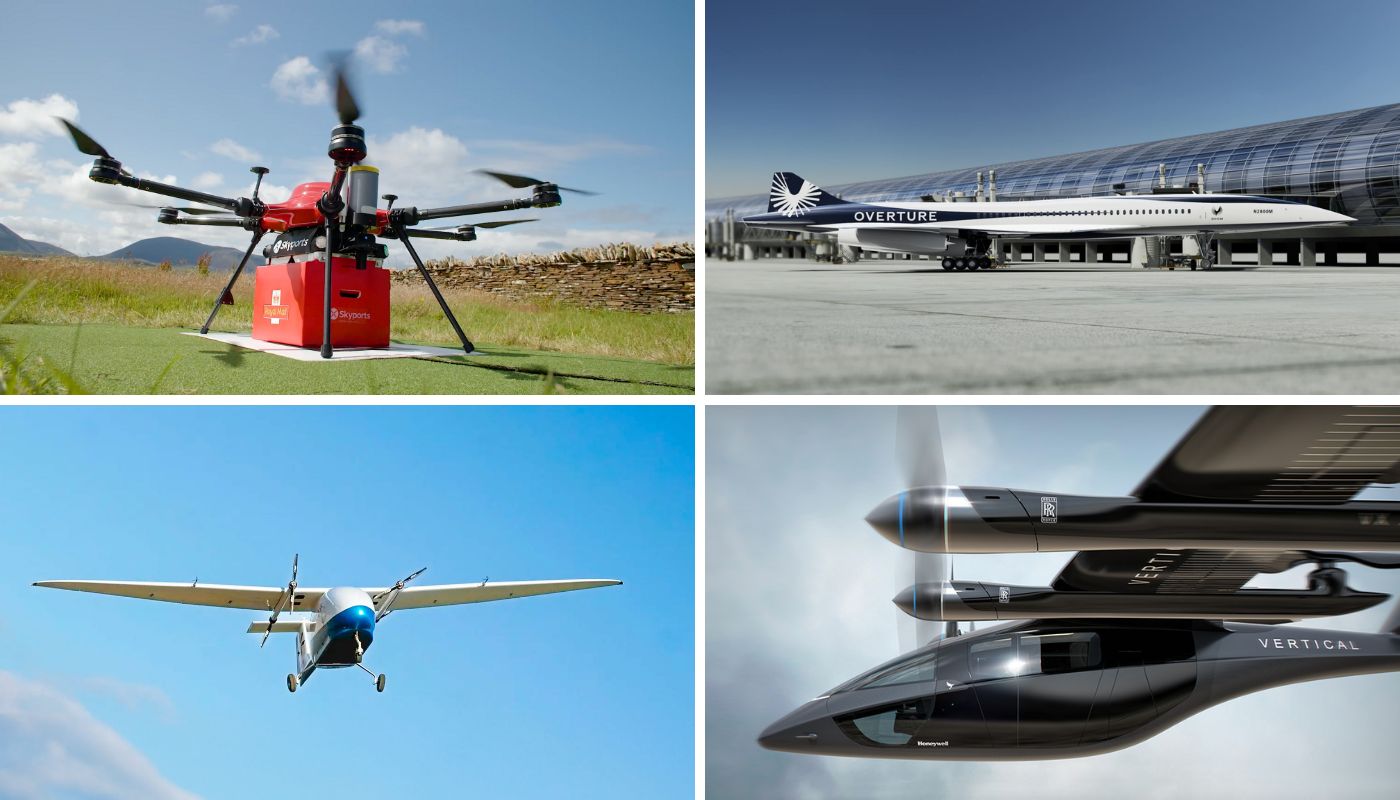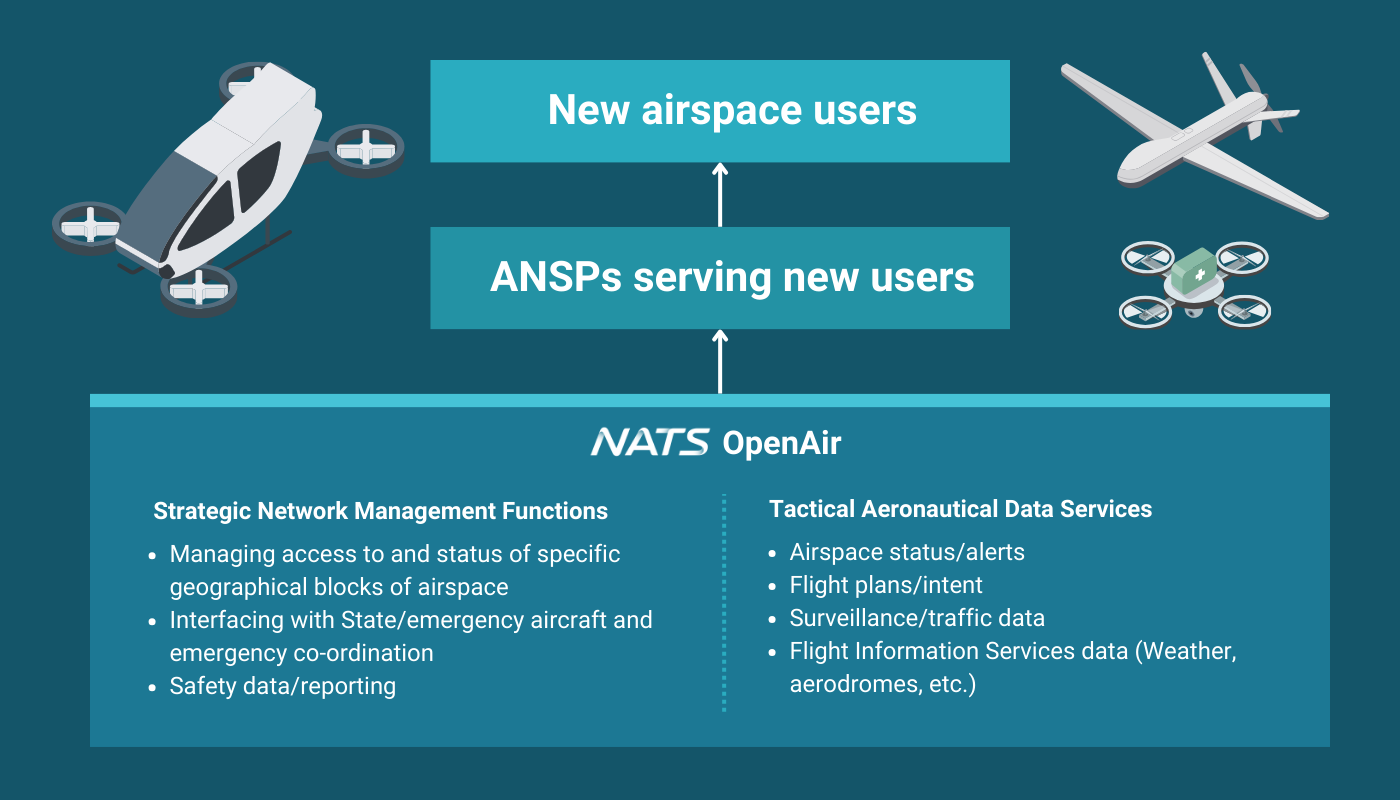Providing the tools to achieve airspace integration will be crucial. Although at first glance the idea of segregating different aircraft types may seem reasonable, this approach would have a very short shelf-life. With so many new aircraft types emerging, segregated areas would become smaller and smaller and would severely limit where those aircraft could fly and what they could achieve.
Technological advancements in aircraft are changing the industry at an unprecedented pace. So how should air traffic management adapt to accommodate this evolution?
Drones have huge potential in the healthcare sector – delivering medical treatments and supplies, for example – but this would only work if those drones could operate freely and safely wherever they are needed whilst existing airspace users maintain their ability to fly. The increasing number of segregated areas would also significantly impact existing airspace users by creating areas which they find difficult to access and must avoid.
How, then, can we integrate such vastly different types of aircraft despite their very different flying characteristics, some with no pilot on board, in a safe and controlled way?
At NATS our vision for achieving this starts with a new data management and network co-ordination system, built to enable airspace integration for all types of operators – NATS OpenAir. This ‘integrated traffic management’ platform will be specifically designed to meet these demands on future airspace by evolving NATS’ current network management capability, future-proofing the data services we provide today for the users of tomorrow.

By collating and distributing real-time, accurate and reliable aeronautical data, this new network management entity will create a complete picture of airspace activity and share that picture with all those who need access to it. All types of aircraft will, therefore, be able to fly equipped with the knowledge of what is around them, confident that their planned route is de-conflicted from all others.
All types of aircraft will be able to fly equipped with the knowledge of what is around them, confident that their planned route is de-conflicted from all others.
While the exact scope of the services offered by NATS OpenAir is still being developed in conjunction with new and existing airspace users, some of the services it could offer may include airspace access management, co-ordination with emergency aircraft and public services, deconfliction and prioritisation of airspace demands, safety and environmental data reporting, airspace status and alerts, and aeronautical information for all users.
NATS OpenAir would not, in the main, provide air traffic services directly to any type of airspace user. Instead, the new platform will provide ‘wholesale’ services to multiple Air Navigation Service Providers (ANSPs), which in turn provide ‘retail’ services to airspace users.

Moreover, we are not proposing to manage any more airspace than we already do – NATS OpenAir is being designed to provide a universal data sharing and network management function to the growing number of ANSPs that serve a growing number of airspace user types.
Where the rules enable it, for example in uncontrolled airspace, users including General Aviation will continue to operate autonomously, independent of services from ANSPs. NATS envisage a time when all airspace, including Class G, is integrated and respects the right of aircraft to operate autonomously as defined by flight rules within Airspace Classes E, F, & G.

We believe NATS OpenAir will protect the crucial rights and access of existing users while providing a foundation to help support the growth and development of future operators and service providers, thereby creating an environment that can facilitate safe airspace integration.
Have your say
Having developed an initial set of proposals we will spend much of this year consulting all corners of the aviation network, gathering feedback on and recommendations for the NATS OpenAir concept. During this period we’ll aim to gather a range of perspectives and insights to refine our thinking about NATS OpenAir before submitting our final proposal to the CAA by June 2025 at the latest.
Our aim with NATS OpenAir is to provide the much-needed clarity sought by the future flight industry and, working with the CAA and the wider industry, to define a framework for the UK in which all stakeholders can invest and innovate with confidence. We hope you can join us on the journey to making that a reality.